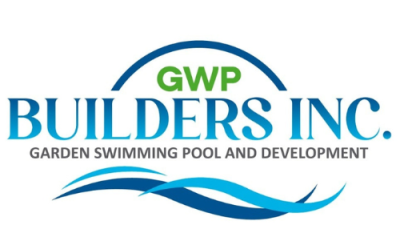Choosing the right pool development is a significant decision that impacts not only the aesthetic appeal of your home but also its functionality and the quality of life of your family. Pool development involves more than just picking a design; it requires thoughtful consideration of various factors, including size, type, materials, and maintenance. In this guide, we delve into the essential aspects you need to consider when planning a pool development project. From understanding the latest trends in pool design to selecting materials that suit your climate and lifestyle, we cover all the critical points to help you make an informed decision. Whether you are adding a new pool or remodeling an existing one, this article will provide you with the knowledge to choose the right pool development that fits your budget, enhances your property, and meets your recreational needs.
Factors to Consider When Planning Your Pool Development’s Project
When embarking on a pool development project, several key factors should be at the forefront of your decision-making process. First, consider the size and shape of your pool. These should complement the available space in your backyard and suit your intended use, whether for fitness, relaxation, or family fun. Location is crucial too; ensure your pool receives adequate sunlight and is positioned away from trees to minimize debris. Additionally, think about accessibility and safety features, especially if you have children or pets. Lastly, local zoning laws may affect your pool placement and design, so it’s important to consult with local authorities or a pool development professional to ensure compliance and avoid future headaches.
Selecting Materials and Features for Long-lasting Pool Development’s
The choice of materials for your pool not only affects its appearance but also its durability and maintenance requirements. Concrete pools are highly durable and customizable but require significant upkeep. Fiberglass, while less flexible in shape, offers a smooth surface that is resistant to algae and easier to maintain. Vinyl-lined pools are cost-effective and quick to install but can be prone to damage from sharp objects. When selecting features, consider energy-efficient pumps and heating systems to reduce long-term operational costs. Additionally, saltwater systems can be a gentler alternative to traditional chlorinated pools, offering a more natural feel to the water and easier maintenance.
Cost Analysis: Budgeting for Your Pool Development Effectively
Budgeting effectively for your pool development is crucial to avoid overspending and ensure you get the best value for your investment. Start by getting multiple quotes from reputable contractors to compare prices and services. Be aware of the full scope of costs, including initial construction, landscaping, and additional features like lighting and safety barriers. Don’t forget ongoing maintenance expenses such as cleaning, repairs, and utility costs for heating and water filtration. Consider investing in high-quality materials and energy-efficient equipment upfront to minimize future expenses. Planning your budget with a clear understanding of all these costs will help you manage your pool development project without financial stress.


